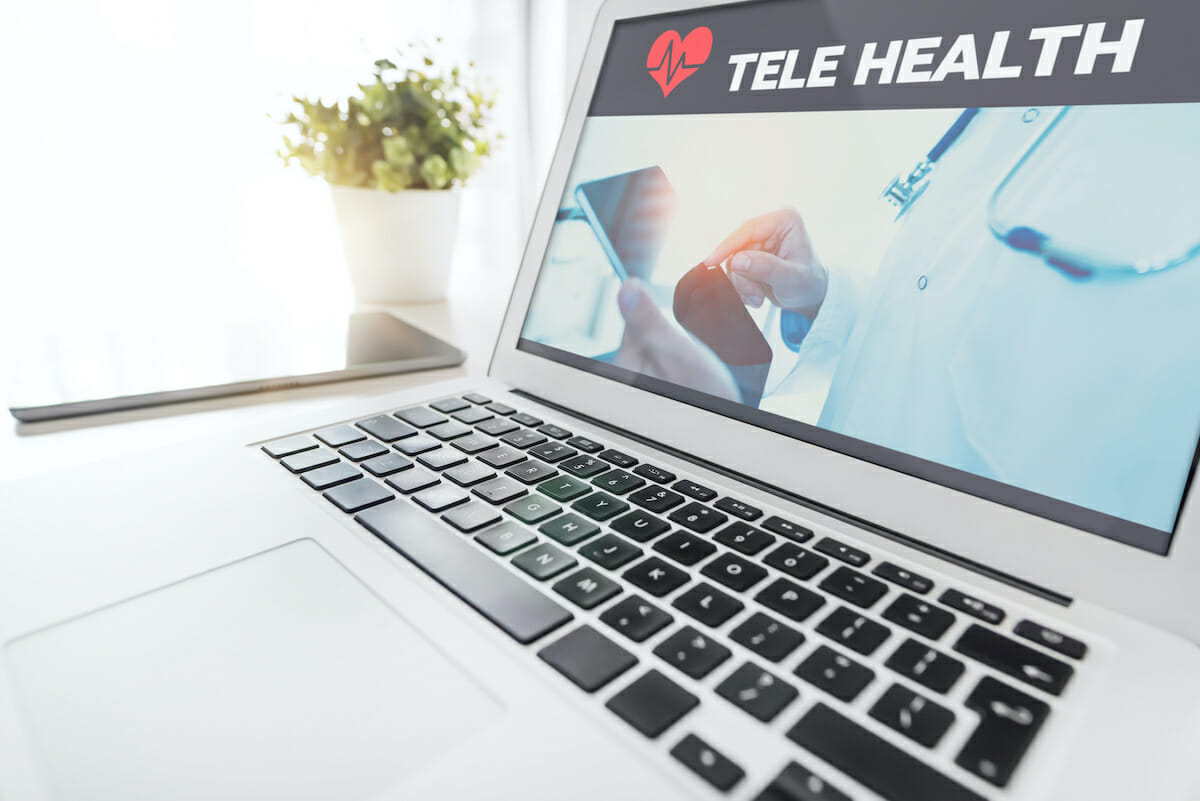Telehealth Fraud
Due to the recent expansion of telehealth services and the ease in which this fraud can be committed, criminals are exploiting this new technology for fraudulent purposes. Medicare will cover telehealth services, including office visits, psychotherapy, consultations, and certain other medical or health services that are provided by an eligible provider who isn’t at your location, that are performed via an interactive, two-way telecommunications system (like real-time audio and video).
Report potential telehealth fraud, errors, or abuse if:
- You receive an unsolicited phone call from someone wanting to verify your pain symptoms. This is more than likely a telehealth doctor trying to approve you for durable medical equipment (DME) that you do not need or did not request.
- You receive an unsolicited phone call from someone wanting to verify your family history of cancer. This is more than likely a telehealth doctor trying to approve you for a genetic testing kit that actually needs to be ordered by your treating physician.
Learn how to read your Medicare Summary Notice (MSN) or Explanation of Benefits (EOB). Medicare statements outline payments made on a beneficiary’s behalf for Medicare covered services. There are two primary types of statements received by Medicare beneficiaries: Medicare Summary Notices (MSNs) and Explanations of Benefits (EOBs).
- Beneficiaries enrolled in Original Medicare receive MSNs.
- Beneficiaries enrolled in Medicare Advantage (Part C) plans receive EOBs.
- Beneficiaries enrolled in Medicare prescription drug (Part D) plans receive EOBs.
MSNs and EOBs explain:
- What the health care provider billed for
- The amount approved by Medicare for payment
- How much Medicare paid
- What the beneficiary may be billed for
The Medicare Summary Notice (MSN), which provides information on Original Medicare claims, is one of the key tools that the Senior Medicare Patrol (SMP) program uses for catching fraud, errors, and abuse. Reviewing and understanding MSNs is crucial for both Medicare beneficiaries and for SMPs.
How to detect potential fraud, errors, or abuse
- Review yours or your loved ones’ Medicare statements as soon as they arrive to ensure all of the services listed were actually received.
- Keep a record of medical visits, tests, receipts for services, and equipment received. A My Health Care Tracker, available from your local SMP, can help you keep a record of these services.
- Compare your statements to your receipts, records, and My Health Care Tracker. If you notice any mistakes, or have questions, call your provider or plan with your questions. If you still have questions or need further help, contact your local SMP (select your state on the left and click “search”).
- Medicare’s Medicare.gov website allows beneficiaries in Original Medicare to log into (or create) a secure Medicare account to view their most recent MSNs, track claims made on their behalf, and check payment status. Creating a free, secure account with Medicare allows you to review all bills processed within the past 36 months.
Sources: https://www.smpresource.org/Content/You-Can-Help/Read-Your-Medicare-Statements.aspx; https://Medicare.gov












